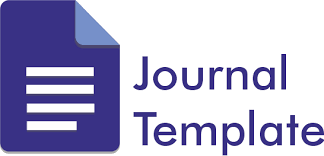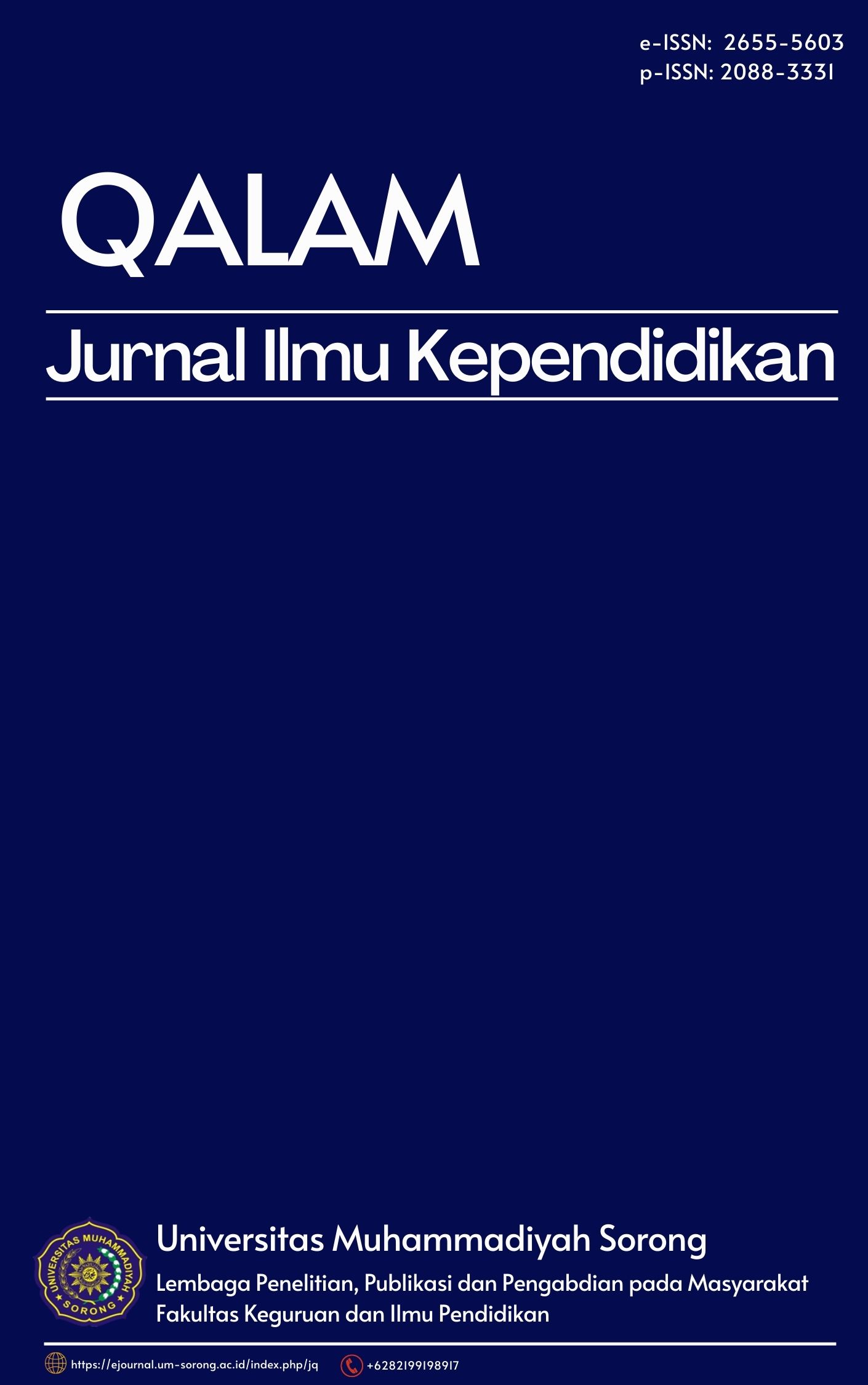Using Glass’ Analysis Method to Improve the Students’ Speaking Skill
DOI:
https://doi.org/10.33506/jq.v8i1.418Keywords:
research experiment, speaking skills, glass’ analysis method, teaching pronunciation, EFL/ESLAbstract
This research aimed at explaining the use of Glass’ Analysis Method in improving the students’ pronunciation in speaking at the seventh grade students of SMP Negeri 1 Salomekko Kab. Bone. The researcher used pre-experimental design with one group pretest and posttest design. The population was the seventh grade students of SMP Negeri 1 Salomekko Kab. Bone., in academic year 2017/2018, which consisted of six classes. The sample was taken by purposive sampling technique and the total number of sample was 26 students. It conducted in six meetings. It was administered speaking test as instrument. The findings of the data indicated that there was significant difference between students’ post-test and pre-test. The mean score in post-test (8.10) was greater than the mean score in pre-test (5.42). From t-test, the researcher found that the value of t-test (8.61) was greater than t-table (2.060) at the level of significance 0.05 with degree of freedom (df) = 25. Thus, the alternative hypothesis (H1) was accepted and the null hypothesis (H0) was rejected. It means that there was a significant difference in the students’ pronunciation in speaking before and after being taught by using Glass’ Analysis Method
Â
Â
References
Abdurrahman, M. (2003). Pendidikan Bagi Anak Berkesulitan Belajar.
Ardawati. (2010). Thesis. Developing Students’ Speaking Skill Through Motivate, Activate, and Participate (MAP) Formula. Universitas Muhammadiyah Makassar, Makassar.
Arikuntoro, S. (1998). Prosedur Penelitian Praktik. Jakarta: Rineke Cipta.
Bowman, J. D., & Bowman, S. R. (1991). Using Television Commercials to Develop Reading Comprehension. Reading Improvement, 28(4), 265.
Depdikbud. (1985). Garis-Garis Besar Pengajaran Bahasa Inggris. Jakarta: Departemen Pendidikan dan Kebudayaan.
Douglas, B. H. (2003). Language Assessment Principles and Classroom Practice. San Fransisco: San Fransisco State University.
Douglas, D., & Frazier, S. (2001). Teaching by Principles: An Interactive Approach to Language Pedagogy .: H. Douglas Brown. TESOL Quarterly, 35(2), 341–342.
Field, J. (2004). Psycholinguistics: the Key Concepts. Routledge.
Gabel, D. (1995). An Introduction to Action Research. Retrieved July, 27, 2006.
Gay, L. R. (1981). Educational Research: Competencies for Analysis and Application. USA: Merril Publishing Company.
Glass, .Gerald, & Glass, E. W. (1970). Discover Glass Analysis. Retrieved from http://www.glassanalysis.com/index.html
Harmer, J. (1991). The Practice of English Language Teaching. London: Longman Group.
Kemmis, S., McTaggart, R., & Nixon, R. (2014). The Action Research Planner: Doing Critical Participatory Action Research. Singapore Heidelberg New York Dordrecht London: Springer.
Klingner, J. K., Vaughn, S., & Boardman, A. (2007). Teaching Reading Comprehension to Students with Learning Difficulties, 2/E. Guilford Publications.
Kustaryo, & Sukirah. (1998). Reading Techniques for College Students. Jakarta: Dirjen Dikti PPLPTK.
Manzo, A. V., & Manzo, U. C. (1995). Teaching Children to be Literate: A Reflective Approach. LiteracyLeaders.
Penney, C. G. (2002). Teaching Decoding Skills to Poor Readers in High School. Journal of Literacy Research, 34(1), 99–118. https://doi.org/10.1207/s15548430jlr3401_4
Rembang, A. (2012). Improving the Students’ Speaking Ability through Suggestopedia Method(a Classroom Action Research at the Second Years of SMA Muhammadiyah Wilayah Ratulangi Makassar). Muhammadiyah Makassar Of University, Makassar.
Ruslan, S. S. (2010). Improving Reading Comprehension of the Second Year Studentsof Smp Negeri 8 Makassar through Reciprocal Teaching Technique. State University Of Makassar, Makassar.
Sumarti. (2011). Improving the Students’ English Pronuciation by Using English Spelling Method(a Classroom Action Research at the Second Year Students of SMA Muhammadiyah 4 Mariso Makassar). Muhammadiyah Makassar Of University, Makassar.
Ueta, T. (2005). Teaching Reading. English For International Students Unit, University of Birmingham: Published.
Weaver, C. (1990). Understanding Whole Language: From Principles to Practice. ERIC.
Webster, A. M. (1966). The New Grolier Webster International Dictionary.
Widdowson, H. G. (1985). Teaching Language as Communication. Oxford University Press.
Wilhelm, J. (2009). Understanding Reading Comprehension. Retrieved from http://www.jobaccess.gov.au/JOAC/Advice/ JobRequirementThree/Reading_comprehension.htm
Downloads
Published
How to Cite
Issue
Section
License
The article copyright is owned by the author and Qalam: Jurnal Ilmu Kependidikan

This work is licensed under a Creative Commons Attribution-ShareAlike 4.0 International License.




